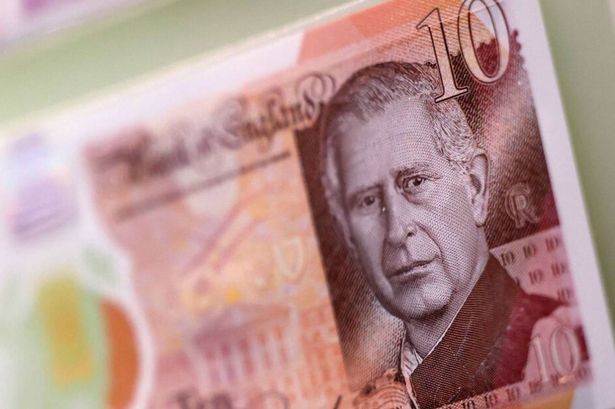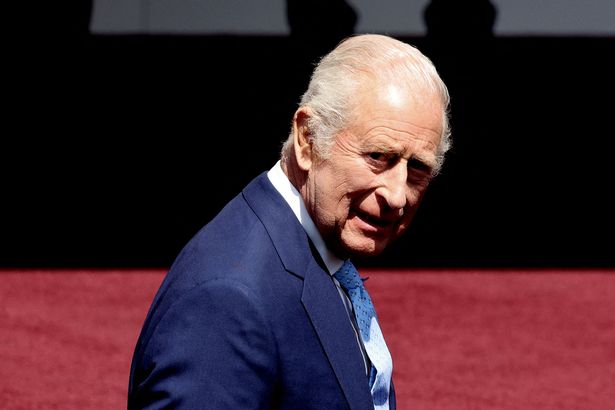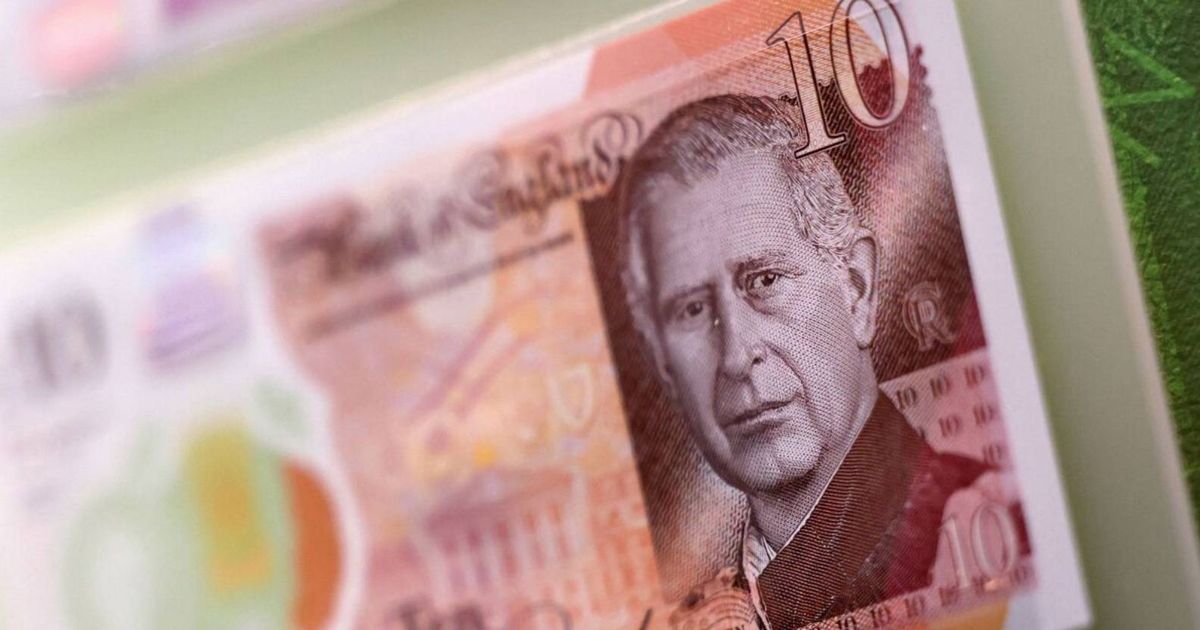The Bank of England unveiled the new £50 note featuring King Charles III in July last year – with the notes being released into circulation on February 2 and could be worth £10,000 Note could be worth much more than face value to a collector
Note could be worth much more than face value to a collector
UK households are being urged to inspect their banknotes, as some could be worth a staggering £10,000. It’s all down to the serial numbers, which collectors are keen to get their hands on.
The serial number can be found in the bottom right corner on the back of the note. The Coin Collecting Wizard shared on TikTok: “£10,000 for a King Charles banknote, have you seen this in the news? Let’s find out.
“Yes, there are King Charles banknotes you can now find out in the wild and some may be valuable due to specific serial numbers. But let’s not go crazy as £10,000 for a banknote is crazy.
“But if you were to find a low serial number banknote then maybe, just maybe,” they added.
The expert elaborated: “Notes with very low serial numbers, especially ones beginning with a ‘AA’ or ‘1’ tend to attract the most interest as these are from the very first batches printed.”, reports Birmingham Live.
“Other desirable serial numbers include repeating patterns like ‘123456’ or ’11 11 11 11′, palindromic numbers eg ‘2002’ and numbers with historical significance such as his birthday.
“So if you find a King Charles banknote in your change check that serial number carefully. It could be worth much more than face value to a collector.”
 King Charles at Windsor Castle earlier this month (Image: POOL/AFP via Getty Images)
King Charles at Windsor Castle earlier this month (Image: POOL/AFP via Getty Images)
The Bank of England has previously stated that it expects all businesses affected – ranging from shops, rail companies and car park operators to casinos and vending machine firms – to have completed any necessary updates by 5 June when it unveiled the banknotes and prototypes last year.
“If your business uses or is responsible for any machines that accept, sort or check banknotes, you need to plan for their adaptation,” the Bank stated in a February announcement.
In anticipation of this change, it added that banknote equipment manufacturers were rolling out updates for companies to implement immediately.
Meanwhile a coin specialist has advised Britons to watch out for “one of the rarest” UK coins ever minted. This exceptionally sought-after two pence piece could fetch up to £1,000 among collectors.
The coin remains legal tender having been struck in 1983. Nevertheless, it must display a particular mistake to be exceptionally valuable.
As reported by The Mirror, the minting fault can be spotted on the coin’s reverse side (tails) if it carries the wording “new pence” In a clip posted to social media platform TikTok, a specialist known as the Coin Collecting Wizard provided further details. He explained: “The 1983 ‘new pence’ 2p coin is one of the rarest decimal coins ever struck, worth over £1,000 to collectors.
“In 1983 the Royal Mint had already changed the reverse legend [words written on a coin] from ‘new pence’ to ‘two pence’ back in 1982. However, a small number of 2p coins dated 1983 were accidentally struck with the old ‘new pence’ inscription.” rather than the usual “two pence”. This terminology was standard following decimalisation but was supposed to have been altered in 1982.
He cautioned that these coins will only be in circulation if someone opened a special collector set. He added: “These coins were not issued for general circulation and are believed to have been included only in a few special collector set making them extremely scarce.
“If you find one with the date 1983 and the words ‘new pence’ rather than ‘two pence’ you may be holding a coin worth a four figure sum. Just don’t forget that it is only the year 1983 and it must say’ new pence’ instead of ‘two pence’.
